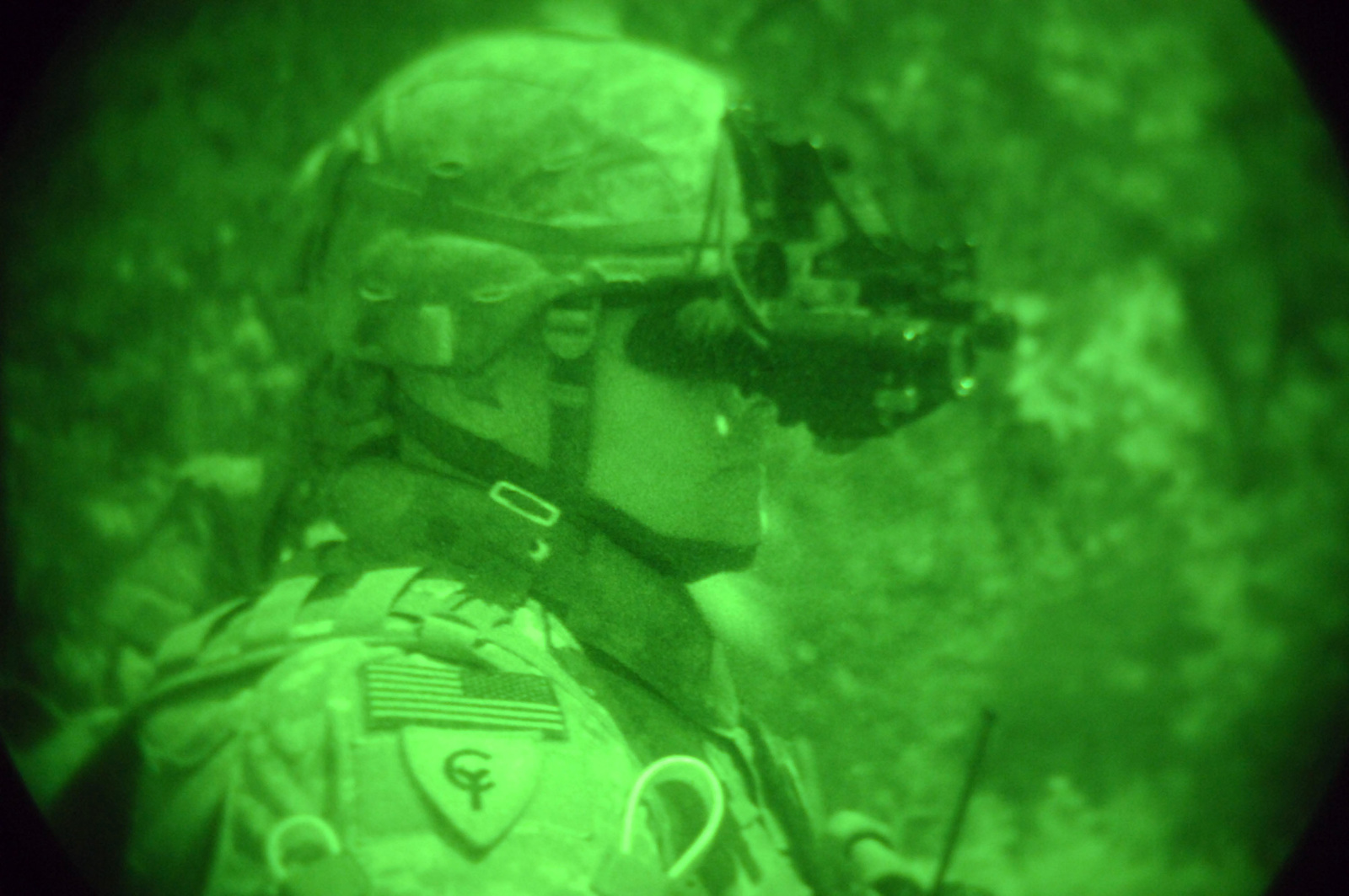

IS seems to me it uses some extended dynamic lighting intensity range in night maps, which makes gamma settings more ineffective. But todays night vision technology reaches that level too. This looks very similar to high-resolution (mirroless) DSLR camera technology from 5 years ago, which of course use only daylight illumination and sensitivity to light (e.g. (link url) Video is part of the article from This refers to nv goggles introduced after about 2010.īetween 2000-2010 the brightness changed slowly and only for the whole picture, but it adapted too, usually within 1-2 sec.įor a region adaptive brightness change, watch the following video at time 00:02 to 00:04 I quote : " Today, the current generation of night vision optics are also able to faster and automatically account for changes in ambient light, preventing the user from getting blinded if things rapidly become brighter or losing the picture altogether, even briefly, if the available light drops." The Drive - This Is What Color Night Vision Looks Like And It Stands To Be A Game Changer This paper even shows, how many comparable algorithms are available yet. those nowadays commonly available systems adjust the brightness regionwise or even pixelwise.įor the interested of you, here a scientific paper about adaptive brightness, and how good it may look:

I want to tell you that modern night vision is able to adaptively adjust brightness like most (mirrorless) DSLR cameras can nowadays.


I really like the idea, but since many like me want to emphasize on both action and realism, i looked up some scientific stuff, which i've seen in military night vision goggles during recent years. Since the recent Insurgency Sandstorm (IS) updates till Nightfall they changed the lighting for night maps.


 0 kommentar(er)
0 kommentar(er)
